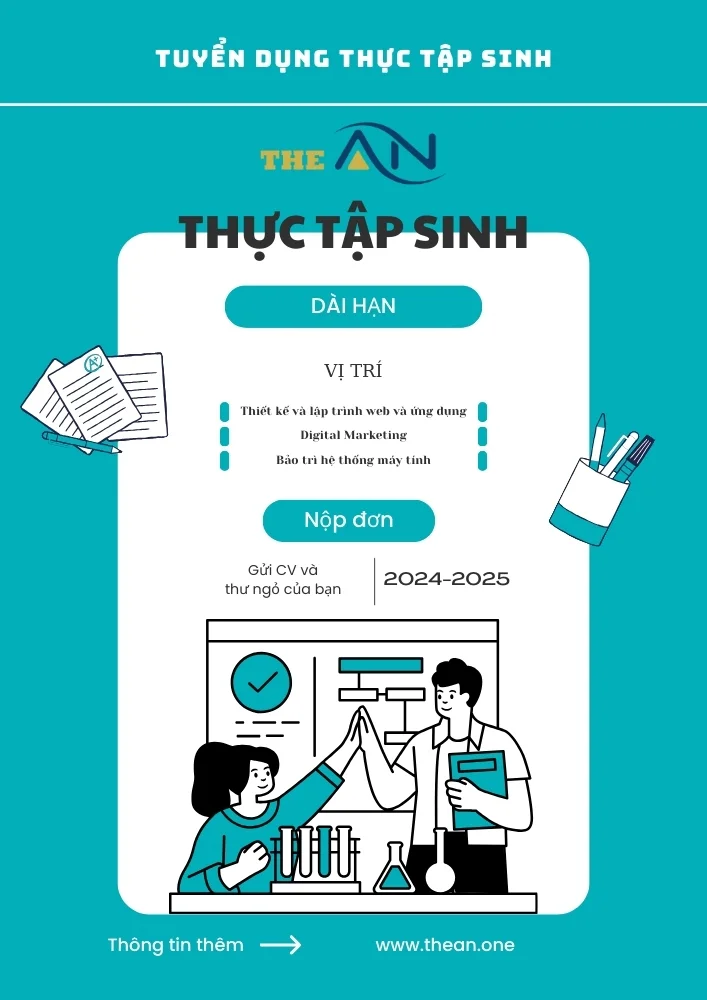Adverbs of Manner – Meaning, Definition and Examples

Adverbs of manner are a type of parts of speech. It denotes the manner of action done by the Subject. It is an important topic for all students, especially for those who are preparing for competitive examinations. One or more questions from this topic are asked in every competitive examination.
Table of Content
- What is an Adverb of Manner?
- Definition of Adverb of Manner
- Adverb of Manner Examples
- How to Use Adverbs of Manner
- List of Adverbs of Manner
- Adverbs vs Adjectives
- Adverb of Manner Sentences
- Adverbs of Manner Exercises
- Adverb of Manner Worksheet
What is an Adverb of Manner?
Adverb of manner is a kind of adverb that provides more information about the action being done by the subject in a sentence. Adverb of manner is identified by asking the question ‘How’.
Definition of Adverb of Manner
An adverb of manner is defined as how someone does something or how something happens. By asking the question ‘How’, you will get the manner of the adverb. In short, it can be defined as how an action is done. For example: He walks slowly. How does he walk? It is slow. Here ‘slowly’ is the adverb of manner.
Adverb of Manner Examples
- The air blows gently.
- The old man walks slowly.
- The students left the classroom quickly.
- You have done this perfectly.
- The singer sings well.
- The little girl talks perfectly.
- He quickly done this.
- The students read the story book carefully.
- I met him unexpectedly.
- The teacher teaches us seriously.
Here the bold words are the examples of adverb of manner.
How to Use Adverbs of Manner
- It can be placed immediately before the main verb.
=> He quickly done this. - It can be placed immediately after the main verb.
=> The little girl talks perfectly. - It can be placed after the object.
=> The students read the story book carefully.
List of Adverbs of Manner
| Gently | Loudly | Silently | Slowly |
| Quickly | Rapidly | Briefly | Carefully |
| Clearly | Eventually | Hardly | Perfectly |
| Politely | Poorly | Promptly | Seriously |
| Tenderly | Tightly | Vividly | Truthfully |
| Wisely | Widely | Well |
Adverbs vs Adjectives
An adverb modifies an another adverb, a verb or an adjective.
An adjective modifies a noun or a pronoun.
Examples:
1. The boy looks handsome.
2. She sings well.
Here in the first sentence ‘handsome’ modifies ‘the boy’ (noun or pronoun) . So ‘handsome’ is an adjective.
In second sentence, ‘well’ modifies ‘her singing’ (verb) . So ‘well’ is an adverb.
Adverb of Manner Sentences
- The air blows gently.
- The old man walks slowly.
- The students left the classroom quickly.
- You have done this perfectly.
- The singer sings well.
- The little girl talks perfectly.
- He quickly done this.
- The students read the story book carefully.
- I met him unexpectedly.
- The teacher teaches us seriously.
Adverbs of Manner Exercises
Fill in the blanks by choosing the most appropriate adverbs of manner from the list given below.
[Slowly, unexpectedly, regularly, gently, seriously, well, poorly, perfectly, carefully, quickly]
- Does she sing _________ ?
- Have you done this _________ ?
- Please do it _____________ .
- The function was decorated ___________ .
- She __________ perfectly understand what I said.
- The old man goes for walk ____________ .
- For making bright future, you have to study _________ .
- The old lady walks ___________ .
- The air blows _________ .
- Rakesh met his old friends __________ in a station.
Answer:
- Well
- Quickly
- Carefully
- Poorly
- Perfectly
- Regularly
- Seriously
- Slowly
- Gently
- Unexpectedly
Adverb of Manner Worksheet
Read the sentences below. Identify the adverb of manner in each sentence and write it in the blank provided.
- She sings __________. (beautiful)
- He runs __________. (slowly)
- They danced __________. (gracefully)
- He speaks __________. (loudly)
- She writes __________. (neatly)
- They laughed __________. (heartily)
- He eats __________. (carefully)
- The wind blew __________. (strongly)
- The children played __________. (happily)
- She answered the question __________. (quickly)
Answer Key:
- beautifully
- slowly
- gracefully
- loudly
- neatly
- heartily
- carefully
- strongly
- happily
- quickly
FAQ’s of Adverbs of Manner
An adverb of manner is defined as how someone does something or how something happens. By asking the question ‘How’, you will get the manner of the adverb. In short, it can be defined as the way in which an action is done. For example – he walks slowly. How does he walk ? It is slowly. Here ‘slowly’ is the adverb of manner.
- Well
- Quickly
- Carefully
- Poorly
- Perfectly
- Regularly
- Seriously
- Slowly
- Gently
- Unexpectedly
- It can be placed immediately before the main verb.
He quickly done this. - It can be placed immediately after the main verb.
The little girl talks perfectly. - It can be placed after the object.
The students read the story book carefully.
- The air blows gently.
- The old man walks slowly.
- The students left the classroom quickly.
- You have done this perfectly.
- The singer sings well.
- The little girl talks perfectly.
- He quickly done this.
- The students read the storybook carefully.
- I met him unexpectedly.
- The teacher teaches us seriously.
To create an adverb of manner, you can typically take an adjective and modify it to describe how an action is performed. Here are some common ways to form adverbs of manner:
1. Add “-ly” to an adjective:
This is the most common way to create adverbs of manner. Simply take an adjective and add the suffix “-ly” to it. For example:
– Adjective: Quick -> Adverb of Manner: Quickly
– Adjective: Careful -> Adverb of Manner: Carefully
2. Use the adjective itself:
In some cases, the adjective can function as an adverb of manner without any modification. This is common with adjectives that already end in “-ly” or describe a manner of action. For example:
– Adjective: Friendly -> Adverb of Manner: He smiled friendly.
– Adjective: Fast -> Adverb of Manner: She ran fast.
3. Modify an adjective slightly:
In some cases, you may need to make a slight modification to the adjective to turn it into an adverb of manner. For example:
– Adjective: True -> Adverb of Manner: Truly
– Adjective: Direct -> Adverb of Manner: Directly
4. Use irregular forms:
Some adverbs of manner have irregular forms that don’t follow the typical “-ly” pattern. For example:
– Adjective: Good -> Adverb of Manner: Well
In English, adverbs of manner typically appear after the main verb in a sentence. However, their placement can vary depending on the specific sentence structure. Here are some common positions for adverbs of manner:
1. After the main verb:
– She sings beautifully.
– He spoke softly.
2. At the end of the sentence (especially in informal or emphatic sentences):
– She danced all night happily.
– He ate the pizza quickly.
3. Between the auxiliary verb and the main verb (in sentences with auxiliary verbs):
– They have always worked diligently.
– He will happily accept the award.
4. Before the main verb when there’s no auxiliary verb (common with simple tenses):
– She quickly ran to catch the bus.
– They carefully examined the evidence.
5. In the middle of the verb phrase (especially in longer sentences):
– He is usually very considerate of others.
– She can play the piano exceptionally well.
6. At the beginning of the sentence for emphasis:
– Happily, they completed the project ahead of schedule.
– Surprisingly, he agreed to help.
The placement of adverbs of manner can vary for stylistic reasons and to emphasize different parts of the sentence. However, the most common position is after the main verb.
Quý anh/chị đang tìm kiếm một doanh nghiệp uy tín cung cấp dịch vụ Công Nghệ Thông Tin như Thiết kế và lập trình website, Digital Marketing, hoặc dịch vụ Bảo trì và chăm sóc hệ thống máy tính, ...? Đừng ngần ngại hãy liên hệ với The ÂN qua số điện thoại (+84).326.418.478 để được tư vấn cụ thể, hoặc liên hệ qua mẫu tin.
Các thông tin nổi bật khác:









